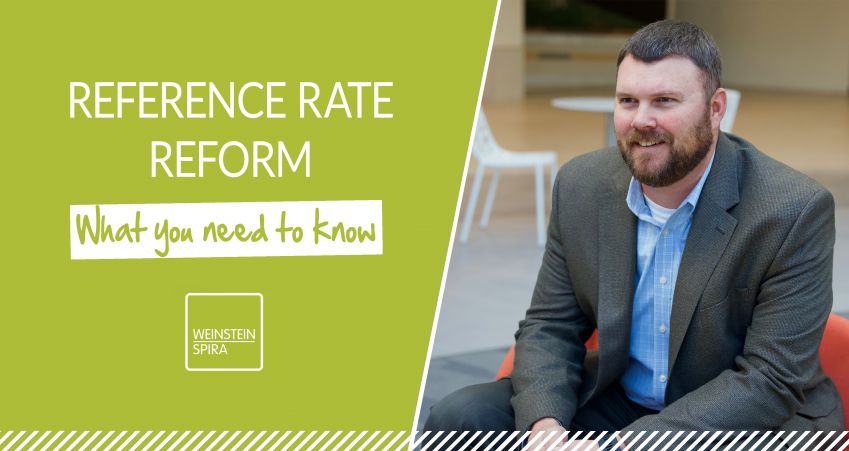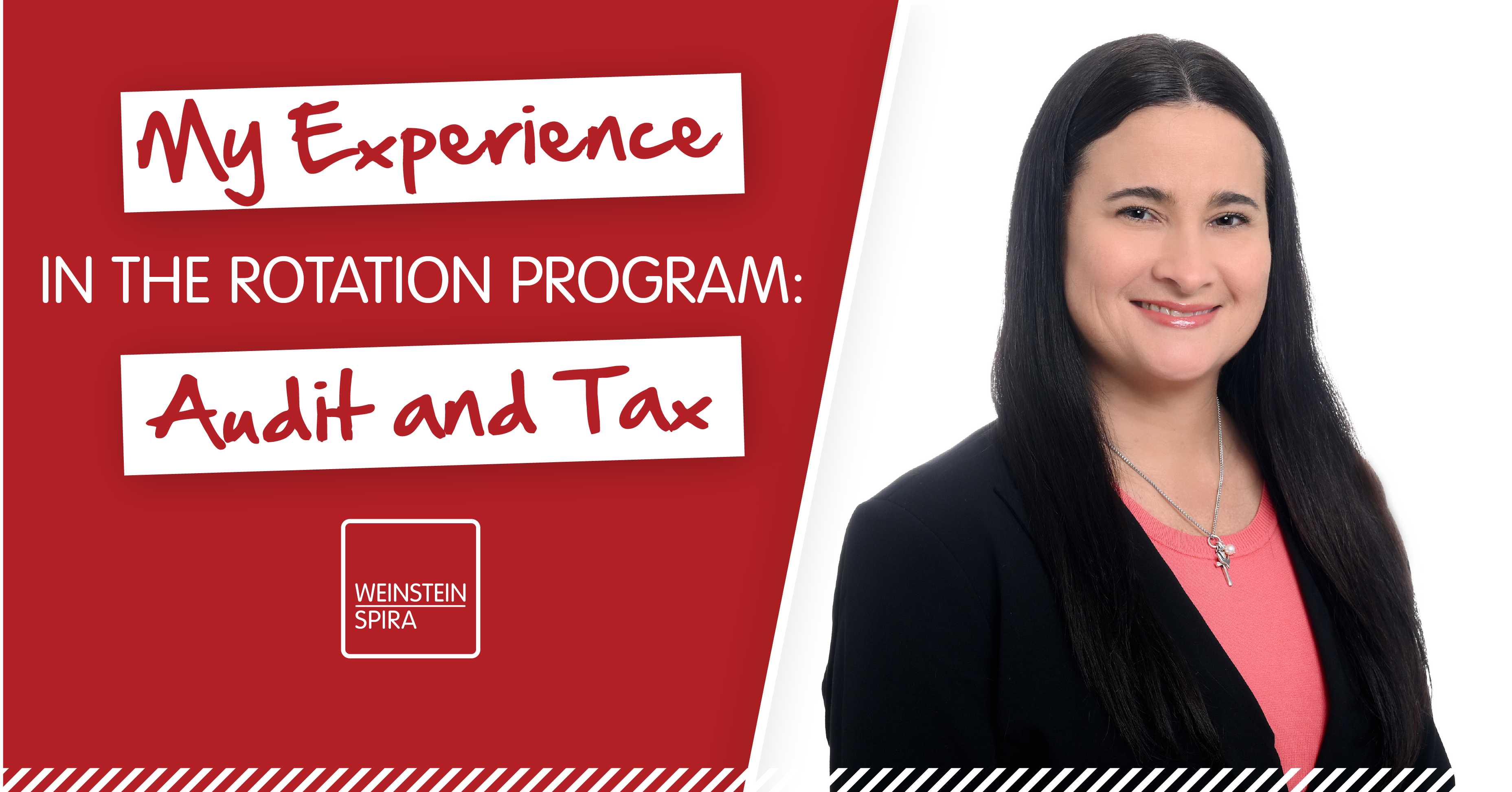Do you have debt or other agreements that utilize the London Interbank Offered Rate (LIBOR) as the benchmark reference rate? If so, are you prepared for reference rate reform?
Over the past years, there has been an effort to move away from the LIBOR and other interbank offered rates (IBORs) due to concerns about sustainability. This global transition away from LIBOR and IBORs and towards new reference rates is referred to as reference rate reform.
In March 2021, the UK Financial Conduct Authority (FCA) and ICE Benchmark Administration (IBA), the authorized and regulated administrators of LIBOR, announced the publication of the overnight and 12-Month USD LIBOR will cease in June 2023. The FCA also has also stated it will consider the case for requiring the continued publication of the 1-, 3- and 6-Months USD LIBOR settings on a “synthetic” basis after June 2023, but if it does not require these settings to continue to be published, they will also cease at that time.
The Federal Reserve Board and the New York Federal Reserve Bank jointly convened the Alternative Reference Rates Committee (ARRC) to recommend alternative reference rates and ensure successful implementation. The ARRC has recommended the use of the Secured Overnight Financing Rate (SOFR) as an alternative reference rate to USD LIBOR in the United States. Although SOFR is the recommended alternative rate by ARRC, it is not the only alternative reference rate. Other reference rates for consideration are the Sterling Overnight Index Average (SONIA), the Federal Funds Overnight Index, Ameribor and the US Prime Rate.
In response to the reference rate reform, the Financial Accounting Standards Board (FASB) issued Accounting Standards Update (ASU) 2020-04, Reference Rate Reform (Topic 848): Facilitation of the Effects of Reference Rate Reform on Financial Statements, and ASU 2021-01, Reference Rate Reform (Topic 848): Scope, to help with the transition away from LIBOR and certain other reference rates. This guidance provides optional expedients and relief for modifications to contracts and instruments related to reference rate reform. As a result, if elected, the relief will require less accounting and less accounting recognition. Specific guidance related to Accounting Standards Codification (ASC) 310, Receivables, ASC 470, Debt, ASC 840/ASC 842, Leases, and ASC 815, Derivatives and Hedging, is provided. Below is a summary of the relief guidance:
ASC 310, Receivables / ASC 470, Debt – An entity accounts for the contract as if the modification is only minor or not substantial. The modification is accounted for by prospectively adjusting the effective interest rate in the agreements.
ASC 840, Leases / ASC 842, Leases – An entity does not reassess lease classification or the discount rate, remeasure lease payments or make other reassessments or remeasurements. The lease is accounted for as a continuation of the existing contract.
ASC 815, Derivatives and Hedging – An entity does not reassess its conclusion about whether the contract contains an embedded derivative that is clearly and closely related to the economic characteristics and risks of the host contract under ASC 815-15-25-1(a).
If any of the relief guidance listed above is elected, it must be applied consistently to all contract modifications that meet the scope of this topic. This relief guidance is temporary and currently applies to contract modifications on or before December 31, 2022. However, the FASB has proposed deferring the sunset date for applying the reference rate reform relief in ASC 848 to December 31, 2024.
Want to learn more about our services? Learn More!
If you have one of the noted benchmark rates above in your debt or other agreements, now may be a good time to reach out to your financial institution or third-party to discuss potential options and a plan to modify the referenced rate.



